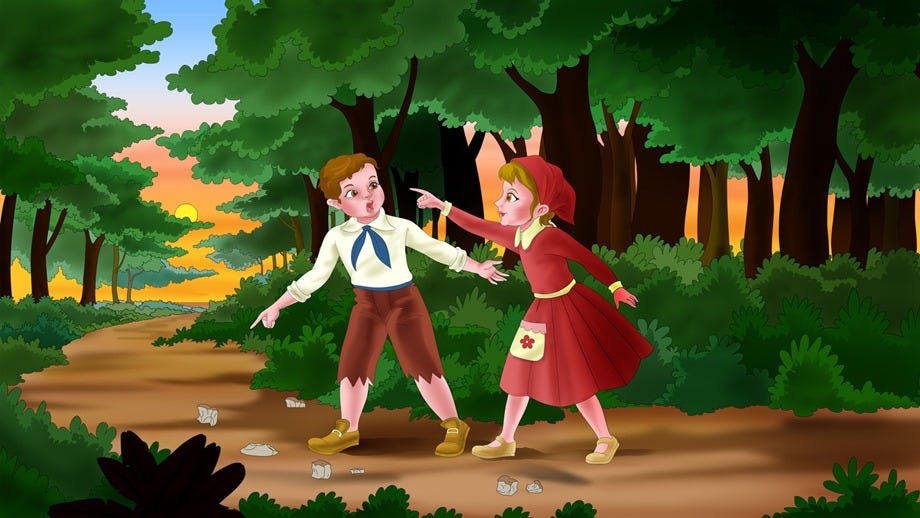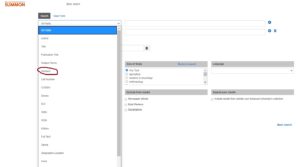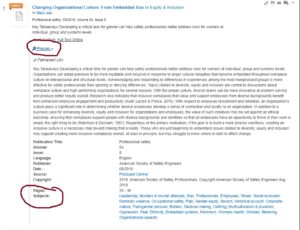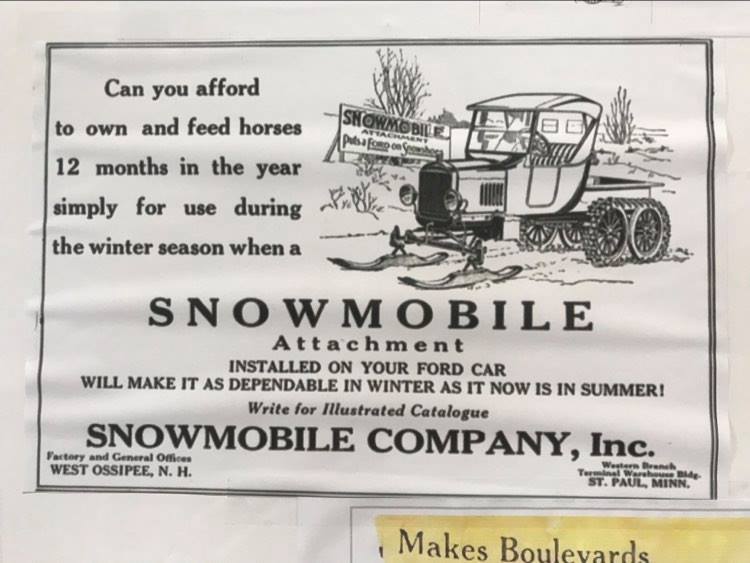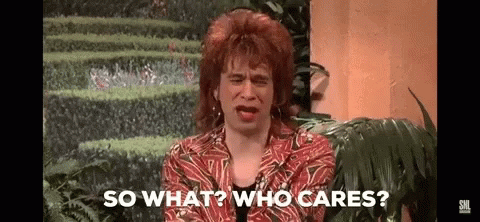We’re wrapping up Unit 2 this week, and your primary focus will be on assembling your research portfolio. This set of texts is kind of a checkpoint on the way to your research project, an opportunity to assess what you have to work with and what you might be able to make from it. It’s not an end in and of itself, but rather a stopover.
A few reminders about the items that the portfolio will contain (taken from the unit 2 assignment sheet )
- at least 6 annotations (2 paragraphs each, 1 of summary, 1 of discussion)
- focusing flowchart
- research plan
- complicating your research activity
- rounding out the conversation worksheet
- your unit 2 reflection (see assignment sheet for prompt)
In short, this portfolio will represent your research progress, from the inception of your idea, through locating and considering sources, and including your efforts to broaden that conversation to better understand the issues under consideration.
As you advance towards this goal, then,
- be sure to read through feedback on the above assignments and your discussion posts (I’ll get you feedback on your draft annotations ASAP)
- refresh your memory on writing an effective summary (review this handout on summary)
- review the rubric and assignment overview on the unit 2 assignment sheet
- email me with any questions
Read on for the week’s agenda.
Reading
- “Individual change won’t create gender equality in organizations”
- your assigned jump-out link from that text (check out the announcement on Blackboard for details)
Writing
- write your unit 2 reflection
- complete your source annotations
- assemble your research portfolio. This will come in as a single blog post with embedded PDF files. Check out this post for instructions on how to do that:
- respond to this week’s discussion prompts by the end of the day on Friday (this is a 1-day extension). See post below:
Note that I’m going to push back the next assignment (the project proposal) to next week, so that you’ll have some more time to work through your ideas. You can look for more info on that in next week’s overview on Monday.

